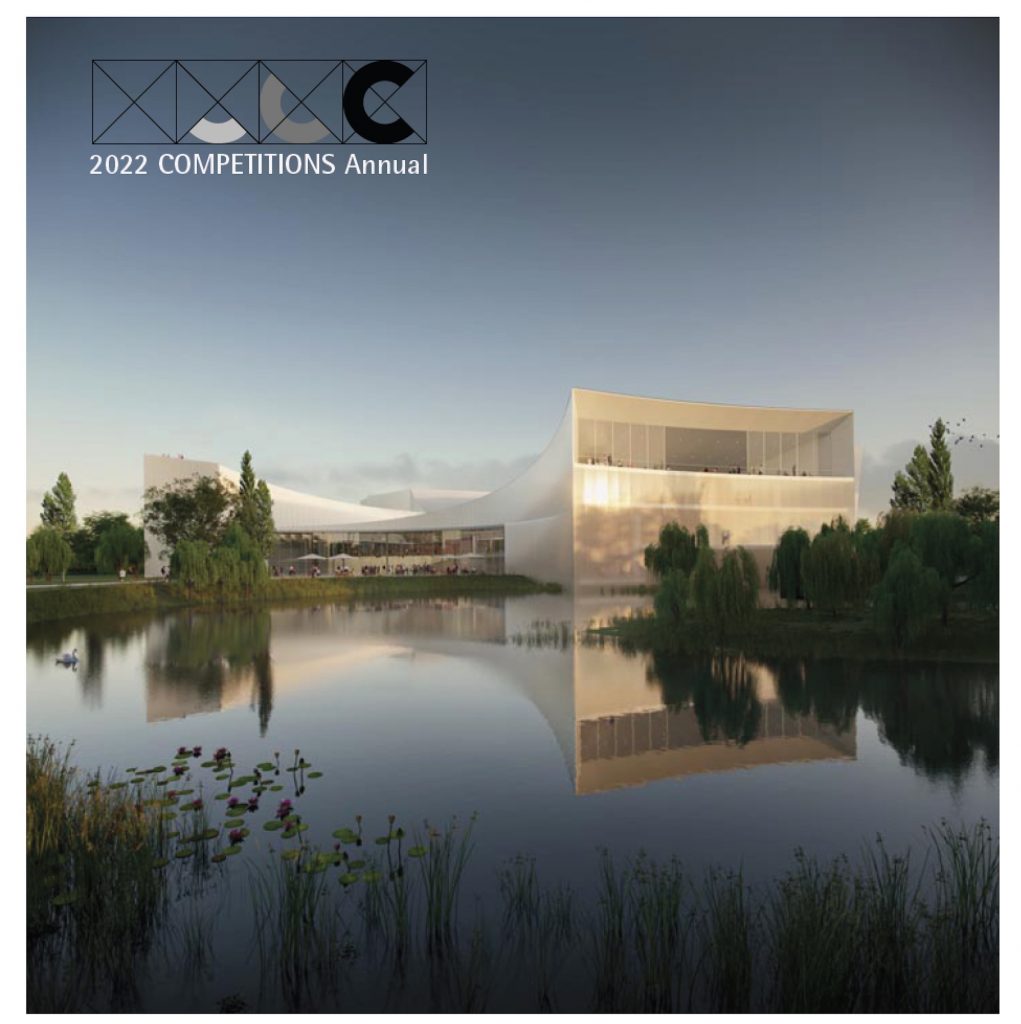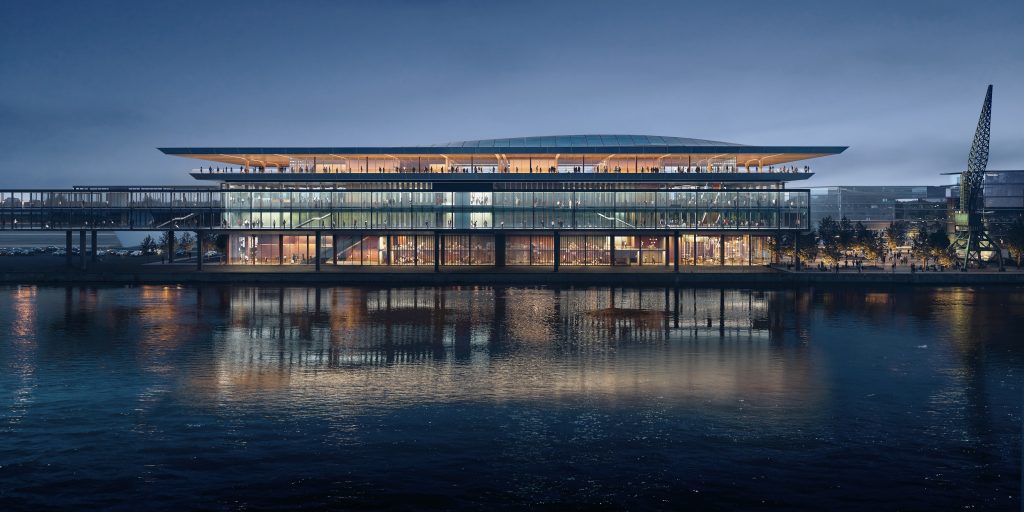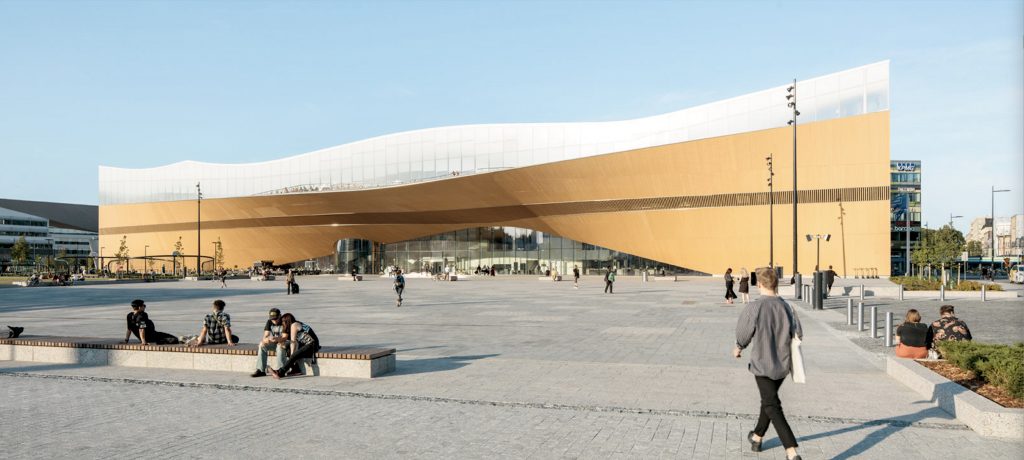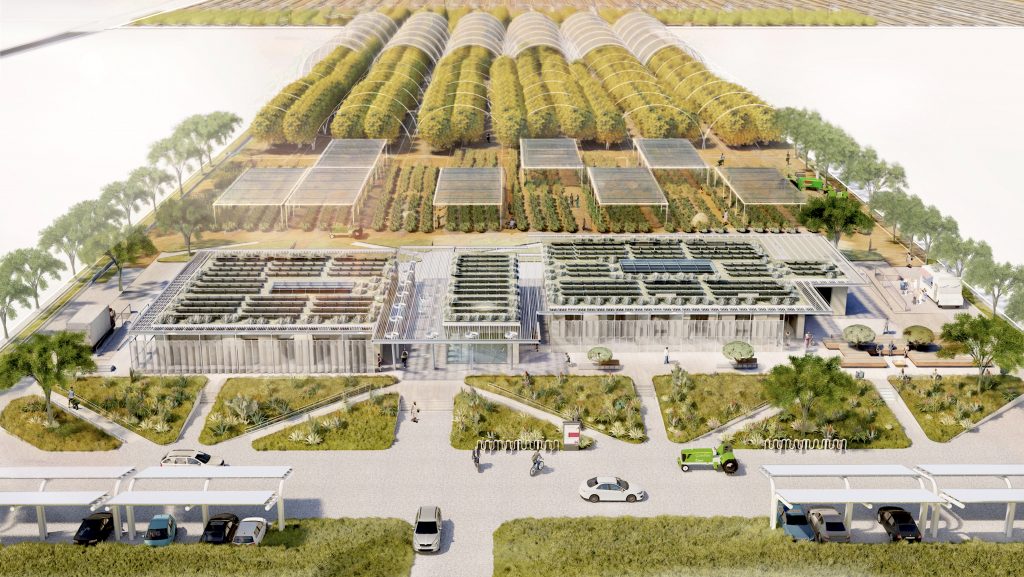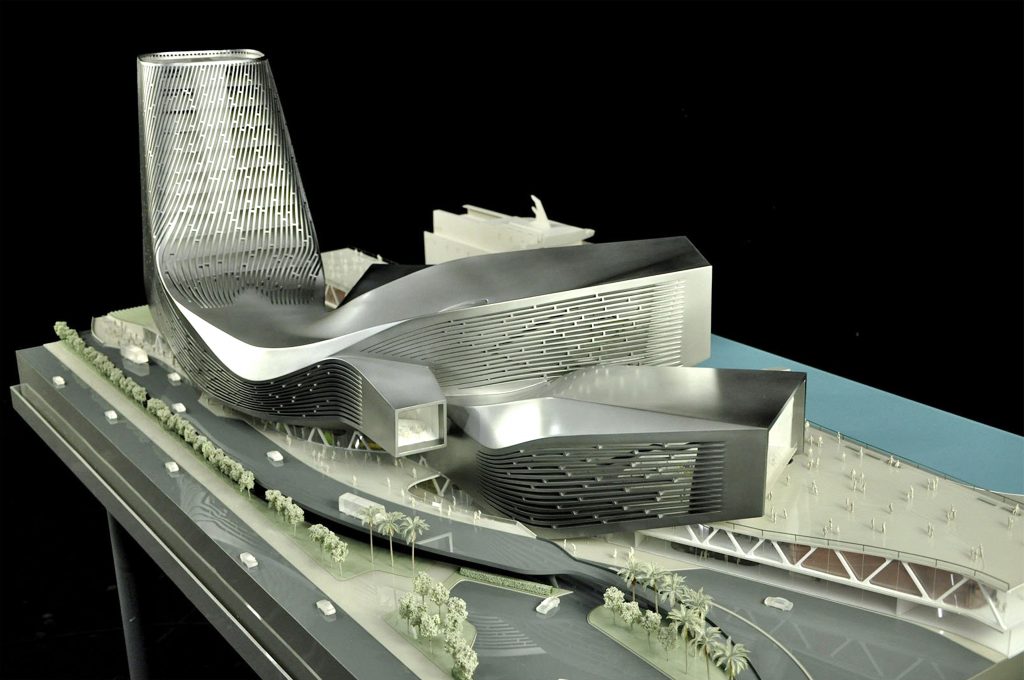RIBA International Student Design Competition for a Music Studio in Haiti
Sponsors: John McAslan + Partners, Allied London, Wyclef Jean and his charity Yele Haiti
Type: Open, international student, two-stage
Language: English
Eligibility: all international students of architecture and recently qualified graduates
Registration Fee: None
Awards: A prize fund of £1,000 will be available for the Jury Panel to apportion amongst the finalists at their discretion
Timeline
29 January 2010 – Deadline for receipt of written questions
4 February 2010 – Memorandum in response to questions
9 March 2010 – Registration deadline
12 March 2010 – Deadline for receipt of design proposals
15 March 2010 – Review of Stage 1
22 March 2010 – Selection of Finalists
29 March 2010 – Finalists notified
12 April 2010 – Interviews with finalists
19 April 2010 – Announcement of result
Jury:
Final Jury
Wyclef Jean
Hugh Locke, President of Yele Haiti
John McAslan
Technical Jury
Adrian Campbell, Arup
Philippe Leon, Executive Architect in Haiti
Andy Meira, John McAslan + Partners
James Porter, RIBA Competitions
Background: John McAslan + Partners has established a new RIBA international student design competition for a music studio in Cite Soleil (Port-au-Prince), Haiti, on behalf of Wyclef Jean and his charity Yele Haiti.
Haiti is the poorest nation in the Western Hemisphere, with the majority of Haiti’s 8 million residents living on less than US$1 per day. Unemployment is close to 80 percent, and more than half the population is under 21 years old.
Yėle was founded by the Haitian-born, Grammy-Award winning musician and record producer Wyclef Jean, formerly of The Fugees. Yėle Haiti is a grassroots movement which aims to raise global awareness for Haiti and transform the country through the regeneration of forgotten neighborhoods and programs in education, sports, the arts and environment. As Goodwill Ambassador to Haiti, Jean’s enduring passion is to help his country’s youthful population to rebuild their nation.
Design Challenge: Yéle Haiti is building a 1000 sq.ft. music studio in the slum of Cité Soleil that will combine the recording of music and radio programming with vocational training, micro-enterprise opportunities and job creation for at-risk youth in that area. The studio is a joint venture between Yéle Haiti, Sak Pasé Records (Wyclef Jean’s own record label) and Radio Boukman, a popular community radio station in Cité Soleil. The joint venture arrangement will be committed to using music and radio to promote development and social issues.
Wyclef Jean said, “Music is what I live, breathe and sleep. Where I come from, music is not just notes. It is a way of survival. That’s how important the Yéle Music Studio is. Building this project in Cité Soleil is a matter of life and death.”
John McAslan said, “John McAslan + Partners has been working with Wyclef Jean’s charity Yéle, the Clinton Global Initiative and other organizations in Haiti for a number of years. Haiti is one of the poorest countries in the world, so built projects like the music studio are essential in helping to generate an ongoing income for the community. Our hope is that young architects from around the world will be inspired to create some fantastic designs for the music studio and by doing so, help to provide a better future for Cité Soleil’s young people.
Submission Requirements: Two No. A3 sheets in landscape format (2 paper color copies). Models will not be accepted in Stage 1, however images of models may be included on A3 sheets. Additionally a CD-ROM containing PDF’s of the A3 less than 1Mb each along with publicity images of proposal (up to 3) for use in the printed and electronic media. These should be in JPEG format, with low and high resolution, 72 and 300 dpi.
For more information, go to: http://architecture.com/competitions



























